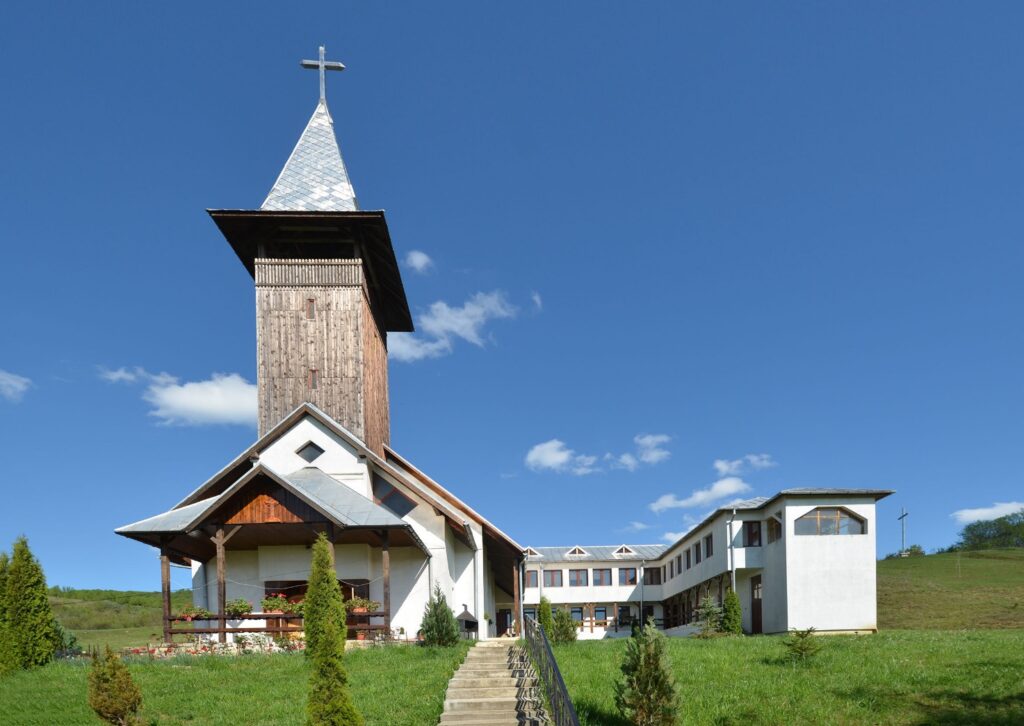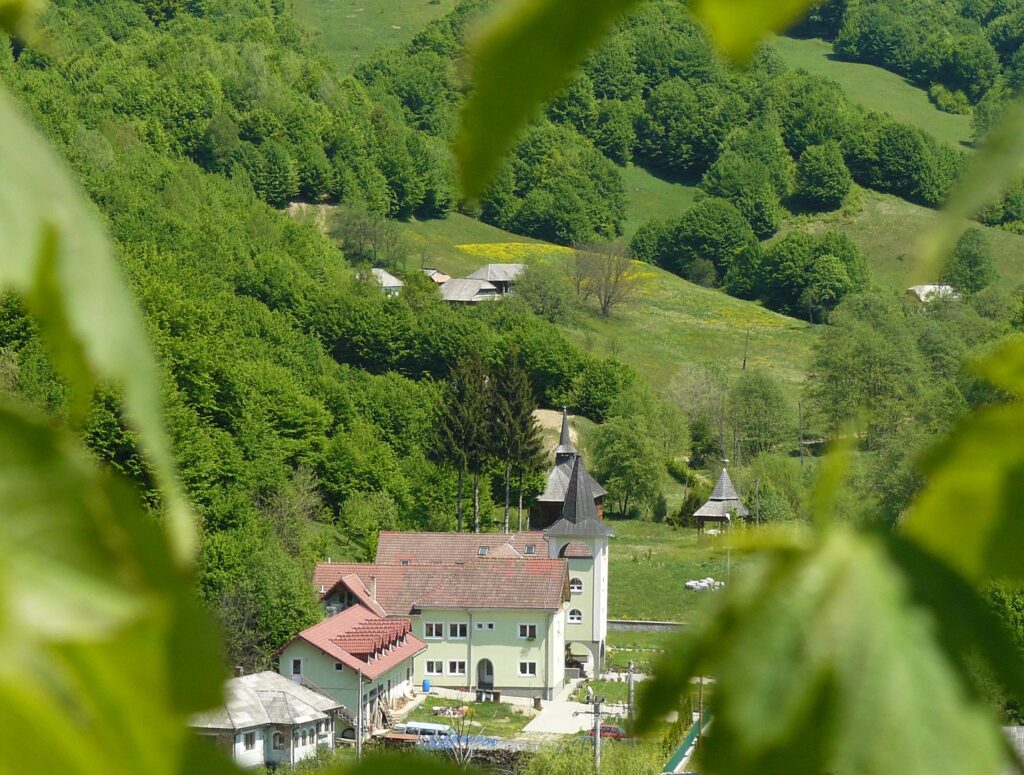Province of Saints Peter and Paul (Romania)

The Basilian Fathers have a long history in Romania, connected with the Romanian Greek-Catholic Church, a Church united with Rome and recognized as a Major Archiepiscopal Church.
Two branches of the Order existed historically: the Basilians of Blaj and those of Bixad. Both shared the same rite, spirituality, and mission.
The Basilian monastery in Blaj was founded in 1721 and supported the organization of the Romanian Church. Basilian bishops, scholars, and missionaries greatly contributed to education, publishing, and the spiritual renewal of Transylvania. The movement known as the Transylvanian School, which brought cultural and national revival, was rooted in these monasteries. The Blaj branch declined under Joseph II’s restrictions and ceased in 1933.
The Bixad Monastery, founded in 1700, survived longer. In the 1920s and 1930s, it experienced growth, opened a novitiate, and expanded to new monasteries, including Moisei and Nicula (the latter becoming a major pilgrimage center). In 1937, the Congregation for the Eastern Churches formally established the Romanian Province of the Basilian Order, directly subject to the Superior General in Rome.
This flourishing was short-lived. In 1948, the communist regime confiscated Basilian properties, arrested most monks, and handed the monasteries to the Orthodox Church. Despite persecution, the Basilians continued to live their monastic life in secret.

After 1989, with religious freedom restored, the Order built new monasteries in Molișet, Mintiu, and Prilog. Today, these monasteries house active communities that combine prayer, study, contemplation, and work. The monks also serve six parishes and welcome numerous pilgrims.

 Basilian Order of Saint Josaphat
Basilian Order of Saint Josaphat 

